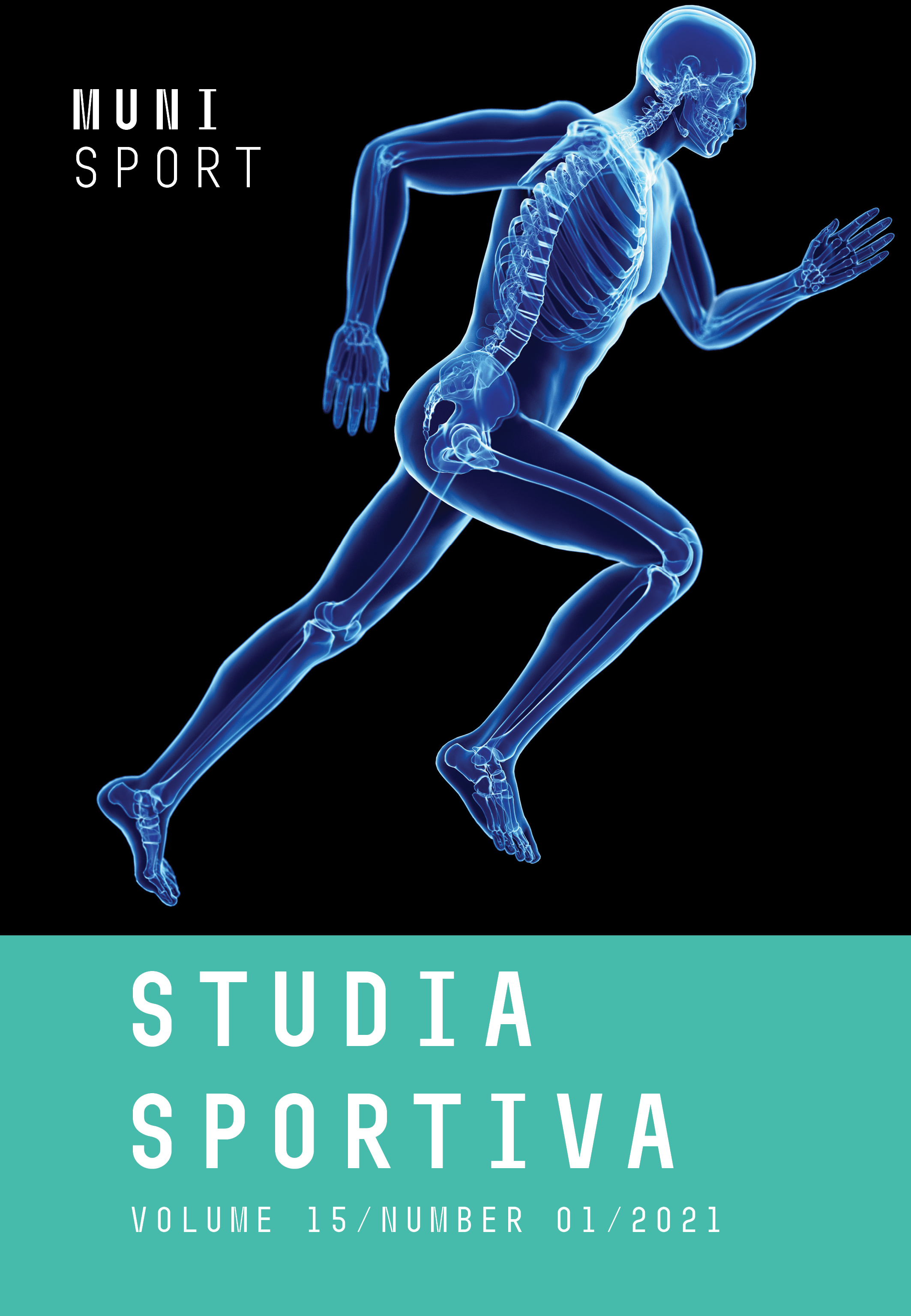Deep Squat – Should We Be Afraid?
Deep Squat – Should We Be Afraid?
Author(s): Petr Schlegel, Adrian Agricola, Dana FialováSubject(s): Sports Studies
Published by: Masarykova univerzita nakladatelství
Keywords: training; technique; performance; knee; patellofemoral
Summary/Abstract: PURPOSE Squats are among the basic exercises that have become an integral part of exercise programs. It is commonly used by athletes in many sports. Its potential is shown in the development of strength, power, and overall sports performance. The aim of the study was to verify inconsistent views on deep squats, technical design, and related health risks.METHODS For the purposes of the review, the terms "squat, knee, biomechanics, deep, patellofemoral, back squat, performance, arthritis, health, injury, risk" were used.RESULTS It turns out that the technique of performing a deep squat has its strict principles, which must be respected and which have a significant impact on the benefits and risks. From loading, the lower position represents an increase in compressive and shear forces on the patellofemoral joint, however, this is a natural state that is not risky. Health hazards cannot be based on analytical-mathematical models, which are insufficient in this aspect. Extreme long-term exposure carries the risk of permanent consequences in the form of osteoarthritis. For prophylaxis or convalescence, it is possible to use effective aids like sleeves, kinesio taping, bandage or "knee savers".CONCLUSIONS With optimal technique and sensible exercise selection, there is no greater risk in healthy individuals without degenerative anatomical changes. In order to assess the effects of the squat forces on the ankle, knee, hip, spine, it is necessary to consider the technique and also individual anatomical differences.
Journal: Studia sportiva
- Issue Year: 15/2021
- Issue No: 1
- Page Range: 26-33
- Page Count: 8
- Language: English

